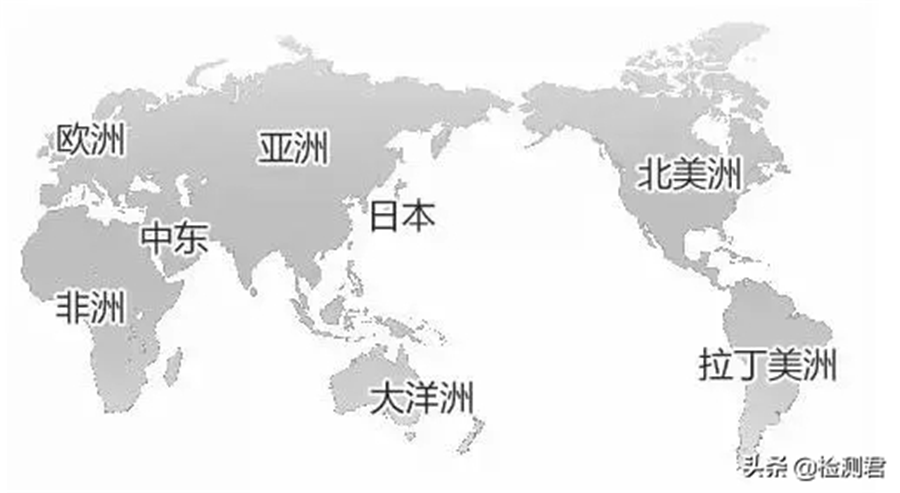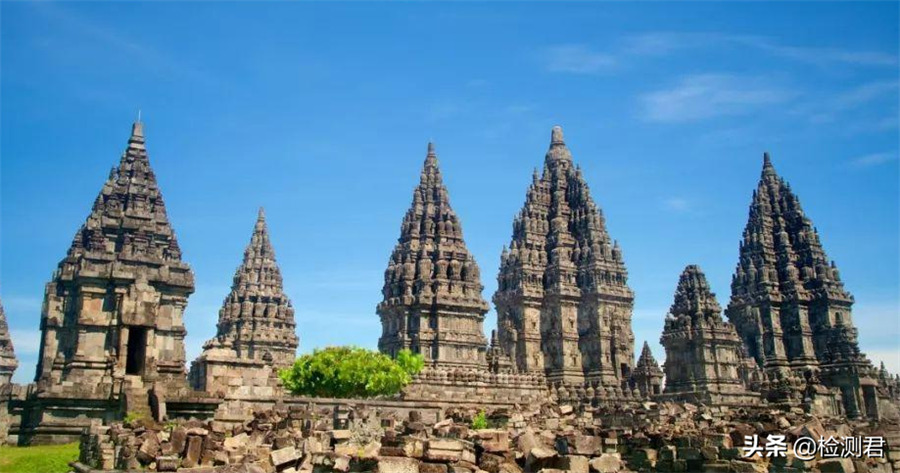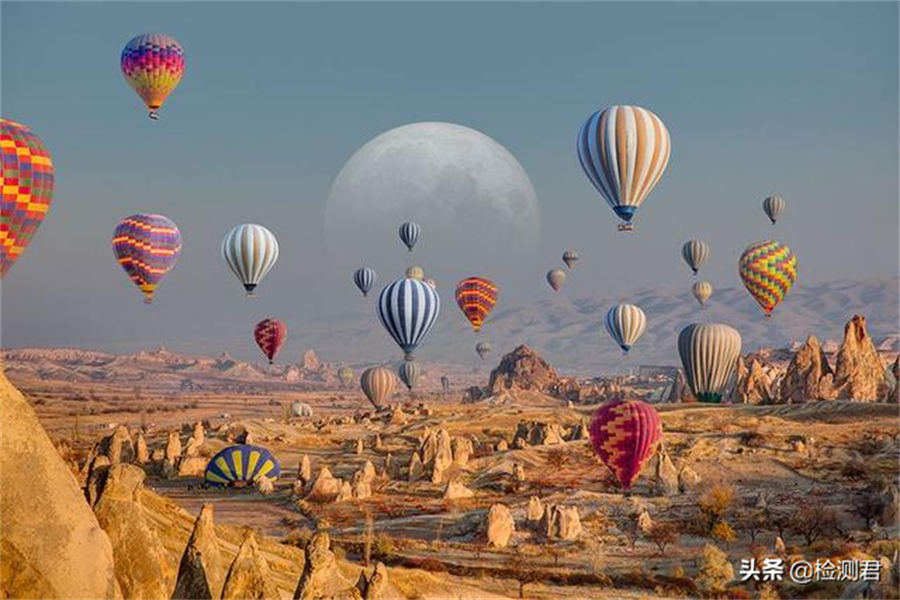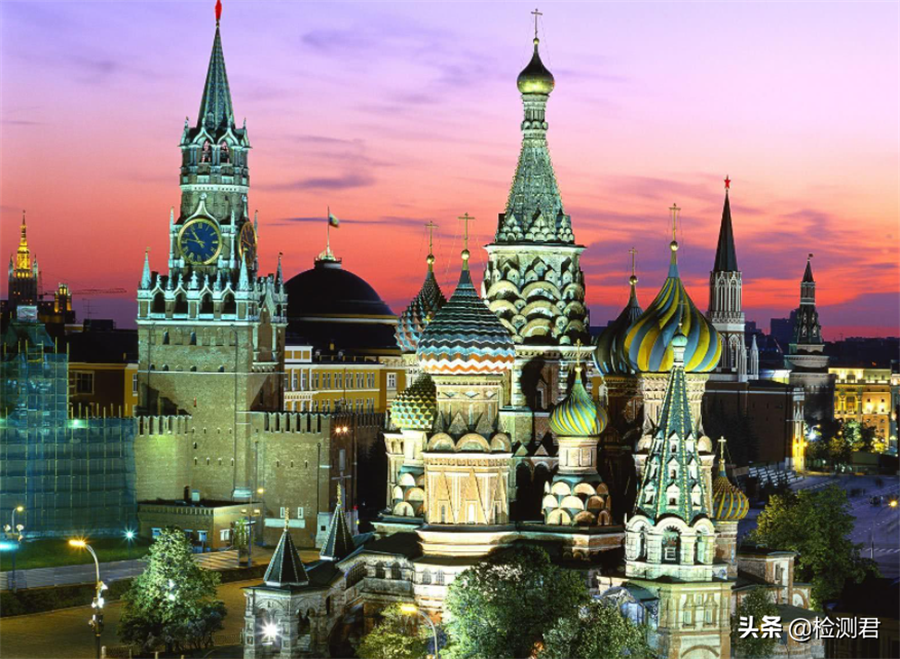Want to know which country has the best products? Want to know which country is in high demand? Today, I will take stock of the ten most potential foreign trade markets in the world, hoping to provide a reference for your foreign trade activities.
Top1: Chile
Chile belongs to the middle level of development and is expected to become the first developed country in South America by 2019. Mining, forestry, fishery and agriculture are rich in resources and are the four pillars of the national economy. The Chilean economy relies heavily on foreign trade. Total exports account for about 30% of GDP. Implement a free trade policy with a uniform low tariff rate (the average tariff rate since 2003 is 6%). At present, it has trade relations with more than 170 countries and regions in the world.
Top2: Colombia
Colombia is emerging as an attractive investment destination. Increased security has reduced kidnappings by 90 percent and murders by 46 percent over the past decade, prompting a doubling of per capita gross domestic product since 2002. All three rating agencies upgraded Colombia’s sovereign debt to investment grade this year.
Colombia is rich in oil, coal and natural gas reserves. Total foreign direct investment in 2010 reached 6.8 billion US dollars, the United States is its main partner.
HSBC Global Asset Management is bullish on Bancolombia SA, the country’s largest private bank. The bank has delivered a return on equity of more than 19% in each of the past eight years.
Top3: Indonesia
The country, which has the fourth largest population in the world, has weathered the global financial crisis better than most, thanks to a large domestic consumer market. After growing at 4.5% in 2009, growth rebounded to more than 6% last year and is expected to remain at that level for years to come. Last year, the country’s sovereign debt rating was upgraded to just below investment grade.
Despite Indonesia’s lowest unit labor costs in the Asia-Pacific region and the government’s ambitions to make the country a manufacturing hub, corruption remains a problem.
Some fund managers find it best to invest in local markets through the local branches of multinational companies. Andy Brown, an investment manager at Aberdeen Asset Management in the UK, owns a stake in PTA straInternational, an automotive conglomerate controlled by Hong Kong’s Jardine Matheson Group.
Top4: Vietnam
For 20 years, Vietnam has been one of the fastest growing economies in the world. According to the World Bank, Vietnam’s economic growth rate will reach 6% this year and 7.2% by 2013. Due to its proximity to China, some analysts believe Vietnam could become a new manufacturing hub.
But Vietnam, a socialist country, did not become a member of the World Trade Organization until 2007. In fact, investing in Vietnam is still a very troublesome process, Brown said.
In the eyes of cynics, Vietnam’s inclusion in the Six Kingdoms of Civet was nothing more than piecing together the acronym. The HSBC fund has a target asset allocation ratio of just 1.5% to the country.
Top5: Egypt
Revolutionary activity suppressed the growth of the Egyptian economy. The World Bank expects Egypt to grow by just 1 percent this year, compared with 5.2 percent last year. However, analysts expect Egypt’s economy to resume its upward trend once the political situation stabilizes.
Egypt has many valuable assets, including fast-growing terminals on the Mediterranean and Red Sea coasts linked by the Suez Canal, and vast untapped natural gas resources.
Egypt has a population of 82 million and has a very young age structure, with an average age of just 25. National Societe Generale Bank (NSGB), a unit of Societe Generale SA, is well positioned to benefit from Egypt’s under-exploited domestic consumption, Aberdeen Asset Management said.
Top6: Turkey
Turkey is bordered by Europe on the left and the major energy producers in the Middle East, the Caspian Sea and Russia on the right. Turkey has many large natural gas pipelines and is an important energy channel connecting Europe and Central Asia.
Phil Poole of HSBC Global Asset Management said Turkey was a dynamic economy that had trade links with the European Union without being tied to euro zone or EU membership.
According to the World Bank, Turkey’s growth rate will reach 6.1% this year, and will fall back to 5.3% in 2013.
Poole sees national airline operator Turk Hava Yollari as a good investment, while Brown favors fast-growing retailers BIM Birlesik Magazalar A.S. and Anadolu Group, which owns beer company Efes Beer Group.
Top7: South Africa
It is a diversified economy with rich resources such as gold and platinum. Rising commodity prices, a recovery in demand from the auto and chemical industries and spending during the World Cup helped propel the South African economy back to growth after a recession hit by a global downturn.
Top8: Brazil
Brazil’s GDP ranks first in Latin America. In addition to the traditional agricultural economy, the production and service industries are also prospering. It has a natural advantage in raw material resources. Brazil has the highest iron and copper in the world.
In addition, the reserves of nickel-manganese bauxite are also on the rise. In addition, emerging industries such as communication and finance are also on the rise. Cardoso, the former leader of the Brazilian President’s Workers’ Party, formulated a set of economic development strategies and laid the foundation for the subsequent economic revitalization. This reform policy later It has been carried forward by the current President Lula. Its core content is the introduction of a flexible exchange rate system, reform of the medical care and pension system, and streamlining of the government official’s system. However, some critics believe that success or failure is also a failure. Is the economic take-off on the fertile ground of South America, where government rule is based, sustainable? The risks behind the opportunities are also huge, so long-term investors based in the Brazilian market need strong nerves and sufficient patience.
Top9: India
India is the most populous democracy in the world. A number of publicly traded companies have also made their stock market bigger than ever. The Indian economy has grown steadily at an average annual rate of 6% over the past few decades. Behind the economic front is a high-quality employment force. According to preliminary statistics, Western companies are becoming more and more attractive to Indian college graduates. One-quarter of the largest companies in the United States use products developed in India. software. The Indian pharmaceutical industry, which also has a strong presence in the global market, where pharmaceuticals are made, has driven personal disposable incomes to skyrocket at double-digit growth rates. At the same time, Indian society has emerged a group of middle class who pay attention to enjoyment and willingness to consume. Other large infrastructure projects such as kilometer-long highways and networks with wider coverage. The thriving export trade also provides a strong follow-up force for economic development. Of course, the Indian economy also has weaknesses that cannot be ignored, such as inadequate infrastructure, high fiscal deficits, and high dependence on energy and raw materials. Changes in social ethics and moral values in politics and the tension in Kashmir are all likely to trigger economic turmoil.
Top 10: Russia
The Russian economy, which has survived the financial crisis in recent years, is like a phoenix from the ashes in the recent world. Russian President Dmitry Medvedev’s arrival at Sanya Phoenix International Airport was rated as investment grade by the well-known securities research institution – Standard & Poor’s in the credit rating. The exploitation and production of these two major industrial bloodlines control one-fifth of national production today. In addition, Russia is the largest producer of palladium, platinum and titanium. Similar to the situation in Brazil, the biggest threat to the Russian economy is also hidden in politics. Although the gross national economic value has increased significantly and the disposable national income has also increased significantly, the government authorities’ handling of the Yukes oil company case reflects the The resulting lack of democracy has become the poison of long-term investment, which is tantamount to an invisible sword of Damocles. Although Russia is vast and rich in energy, if the necessary institutional reforms to effectively curb corruption are lacking, the government will not be able to sit back and relax in the face of future developments. If Russia is not satisfied in the long run by being a gas station for the world economy, it must commit to a modernization process to increase productivity. Investors should pay particular attention to current economic policy changes, another important factor affecting Russian financial markets in addition to raw material prices.
Post time: Aug-17-2022









